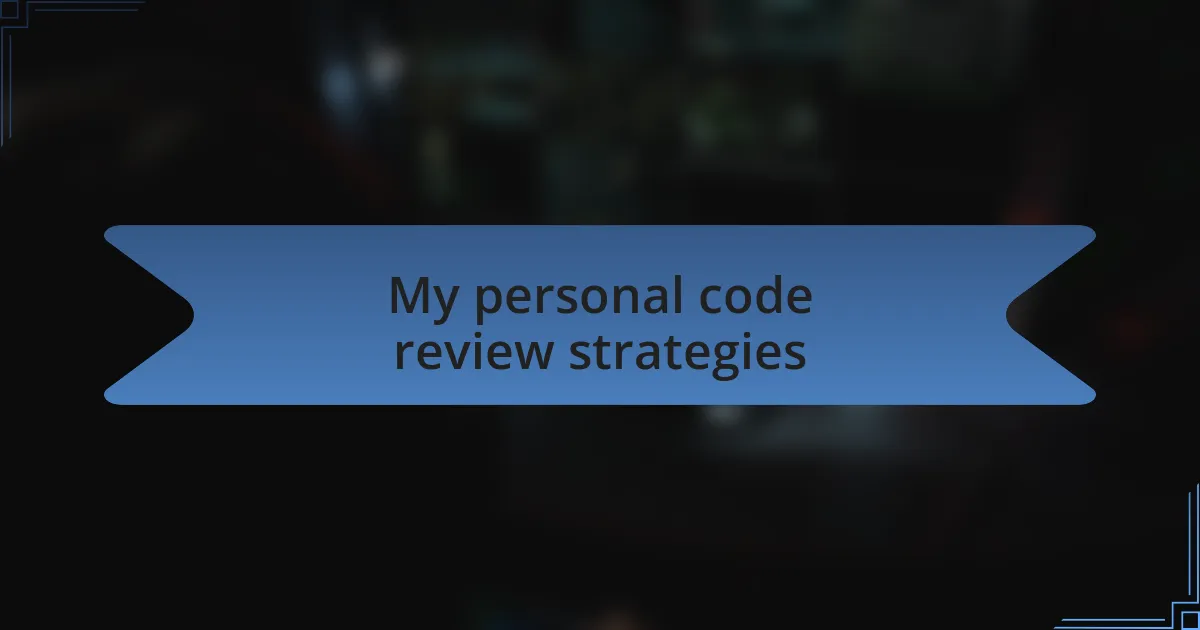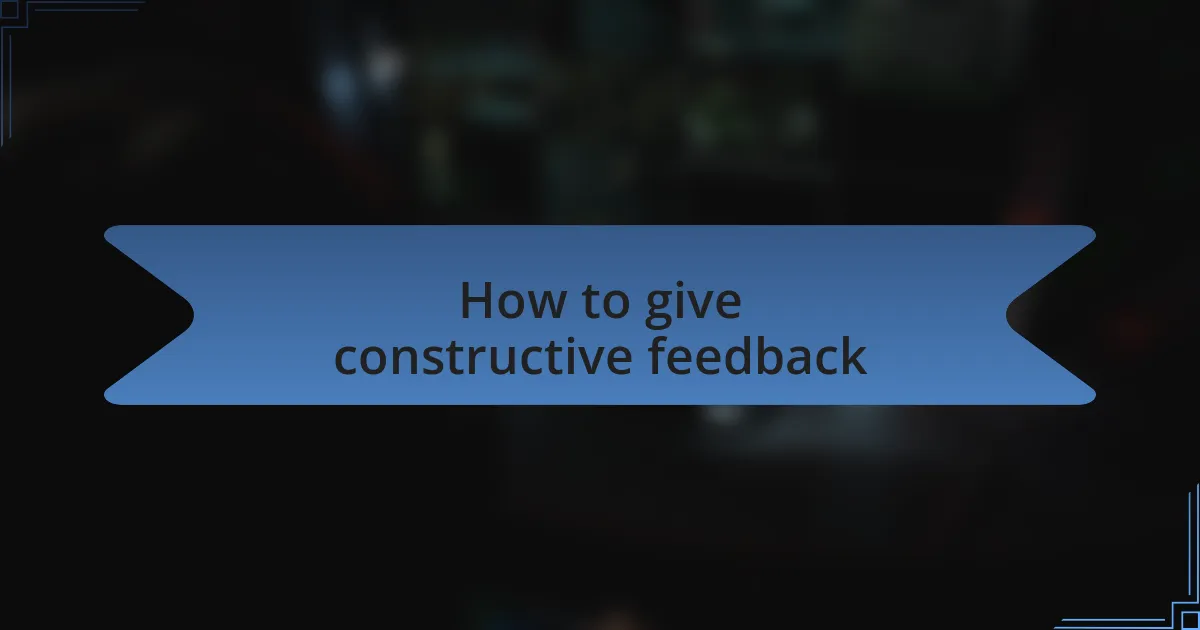Key takeaways:
- Code reviews enhance collaboration, accountability, and offer learning opportunities, improving overall code quality.
- Prioritize clarity, context, and positivity in code reviews to foster effective communication and team growth.
- Use specific and constructive feedback with “I” statements to encourage dialogue and avoid defensiveness.
- Timely feedback is crucial to maintain context and maximize the opportunity for improvement.

Understanding code reviews importance
Code reviews serve as a safety net in the development process, helping to catch potential issues before they go live. I once overlooked a small logic error in my code that a colleague spotted during a review, saving us from a costly bug. This experience reinforced my belief that collaboration is key, and it brings not just accountability but a fresh perspective to our work.
Additionally, they are a tremendous learning opportunity. I remember when a peer pointed out a more efficient pattern for a function I had written. That moment not only improved my current project but sparked a curiosity in me to explore best practices more deeply. Have you ever shared a piece of code, only to realize you gained more insight from that exchange than you expected? This is where the transformative power of code reviews lies.
Moreover, fostering a culture of code reviews can significantly enhance team dynamics. When I first joined my current team, I noticed how constructive criticism was met with open minds and a shared goal of excellence. This environment of respect and growth not only led to higher quality code but also strengthened our entire team’s bond. How does your team embrace feedback? The answer could shape the future of your projects.

My personal code review strategies
When it comes to my code review strategies, I prioritize clarity and communication. I always make it a point to provide feedback that’s not just about the code but also about the thought process behind it. For example, during a recent review, I noticed a teammate using a complex solution for a simple problem. I gently asked them to walk me through their thinking, which led to a productive discussion and, ultimately, a simplified implementation.
I also believe in the power of context. I ensure that I understand the bigger picture before diving into code snippets. Once, I spent an hour critiquing a data manipulation function, only to learn that it was part of a larger framework designed for scalability. This experience taught me that a little investment in understanding the complete picture can lead to more meaningful feedback. Have you ever spent time reviewing something, only to realize later how different the context changes everything?
Emphasizing positivity is another key element of my approach. I’ve found that acknowledging what works well in someone’s code fosters a spirit of collaboration. During a session with a junior developer, I highlighted their thoughtful variable naming, which sparked a conversation about naming conventions and readability. Witnessing their confidence grow through positive reinforcement reminded me of the significant impact encouragement can have. How do you balance criticism and praise in your reviews? It’s a delicate dance, but one that can shape a developer’s journey.

How to give constructive feedback
When giving constructive feedback, it’s essential to phrase your comments in a way that encourages dialogue. I’ve learned to use “I” statements, such as “I noticed…” or “I feel that…” instead of presenting my feedback as definitive criticisms. This approach invites open discussion rather than making the other person feel defensive. In a recent review, I said, “I noticed the logic could be optimized,” which opened up a conversation about potential solutions rather than shutting it down.
It’s also critical to be specific in your feedback. General statements like “This doesn’t work” can leave the recipient confused. Instead, I learned to point out exact parts of the code that could be improved and provide alternative examples when possible. For instance, I once pointed out that a function was too lengthy and suggested breaking it down into smaller parts. That sparked a fruitful conversation on modular design principles, and we both walked away with a clearer understanding of best practices. Don’t you think clarity in feedback is just as important as the feedback itself?
Lastly, timing matters immensely. I prefer to provide feedback soon after the code is submitted when the details are fresh in everyone’s mind. During a project sprint, waiting too long often leads to misunderstandings or missed opportunities for improvement. I remember a time when I sat on feedback for a week, and when I finally shared it, the context had shifted significantly. It left us both feeling frustrated. How do you manage the timing of your feedback to ensure it resonates with the developer?